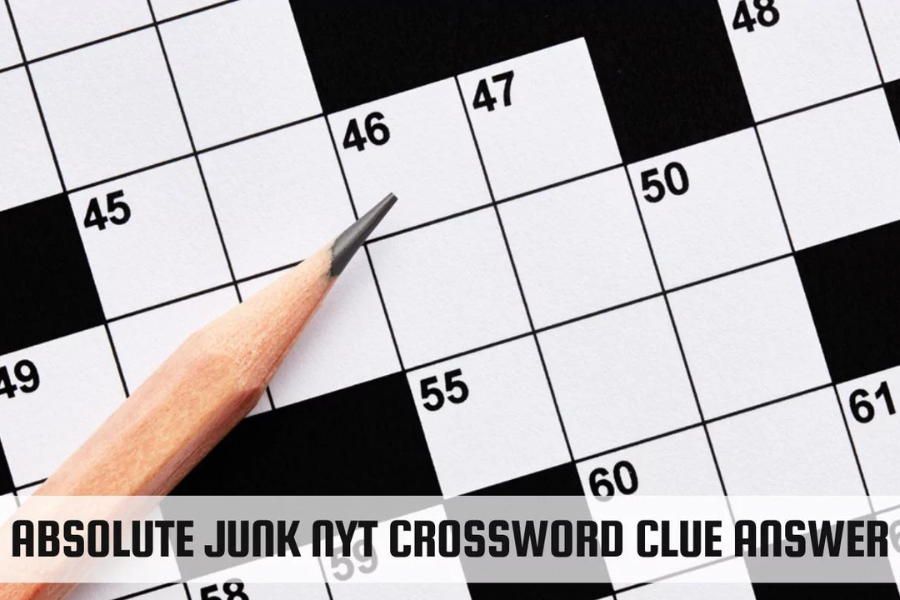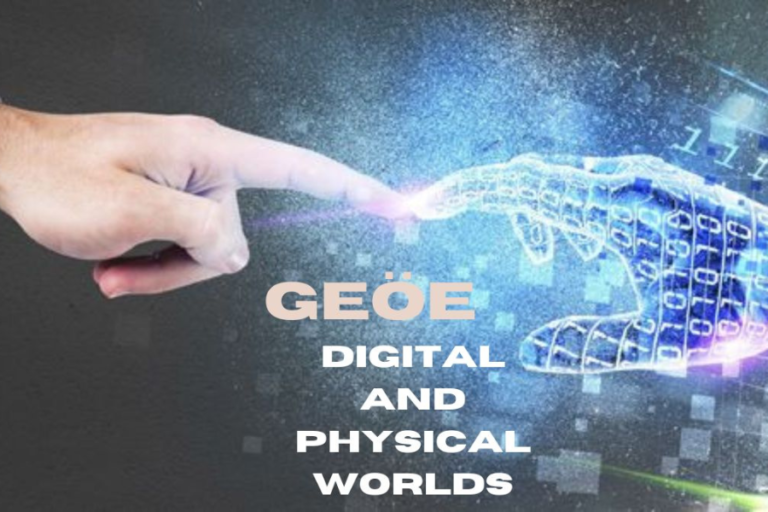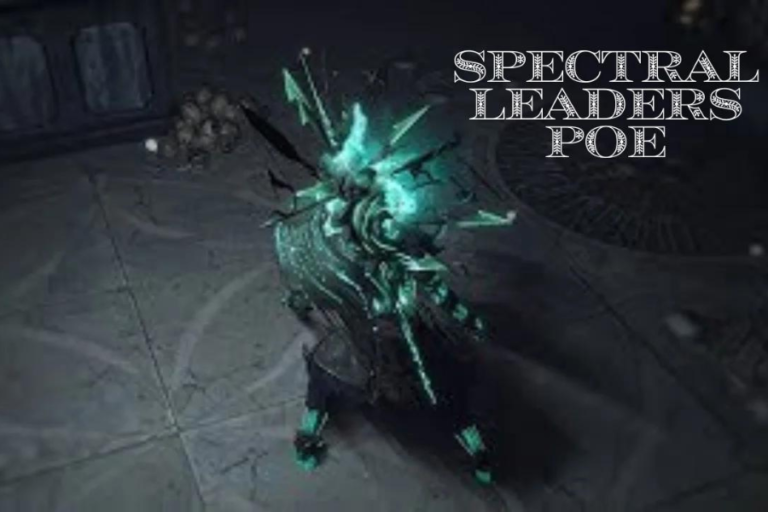Absolute Junk NYT Crossword Controversy: An In-Depth Look at the Issues
Introduction
The New York Times (NYT) is a renowned institution celebrated not only for its impactful journalism but also for its engaging crossword puzzles. However, despite its widespread popularity, the NYT has faced criticism over certain aspects of its crossword content and its marketing strategies, particularly regarding the increase in spam emails. This article delves into the controversy surrounding the term “absolute junk” in NYT crossword puzzles and explores how the publication’s email practices have impacted its relationship with readers.
The Rise of the Absolute Junk NYT Crossword Puzzle
The NYT crossword puzzle has been a cornerstone of the publication since 1942. It is more than just a game; it is a cultural phenomenon that challenges the minds of millions of people daily. For many, solving the NYT crossword is a cherished daily ritual that provides mental stimulation and a sense of accomplishment. Over the years, the crossword has evolved, spawning spin-offs such as the Mini Crossword, which has developed its own dedicated following.
Understanding the Absolute Junk NYT Crossword
What Makes the Absolute Junk NYT Crossword Special?
The Absolute Junk NYT Mini Crossword is a condensed version of the traditional crossword puzzle, designed for quick completion. It typically features fewer clues and a smaller grid, making it accessible to beginners and those short on time. Despite its size, the Mini Crossword retains the cleverness and challenge of its larger counterpart, packaged in a more digestible format.
Popularity of the Mini Crossword
The Mini Crossword has gained immense popularity, particularly among younger audiences and those new to crossword puzzles. Its simplicity and quick nature make it an ideal way to get a daily dose of mental exercise without the time commitment required by the regular crossword. Many see it as the perfect way to start their day, engaging their minds in just a few minutes.
The Issue with “Absolute Junk NYT”
The Phrase “Absolute Junk NYT” in Crosswords
One recurring critique within the NYT crossword community is the appearance of the phrase “absolute junk NYT” as a clue or answer. This phrase has sparked debate among solvers, with some finding it humorous and others deeming it frustrating or inappropriate.
Examples of “Absolute Junk NYT” Clues and Answers
In some puzzles, clues like “absolute junk NYT” have led to answers ranging from clever wordplay to seemingly nonsensical solutions. For instance, a clue might read “absolute junk NYT” with an answer like “trash” or “garbage.” These instances can be seen as either witty puns or sources of annoyance for solvers who prefer more straightforward clues.
The Deluge of Unwanted Emails
The Problem of Spam Emails in the Digital Age
In today’s digital age, unwanted emails, often referred to as “spam,” have become a common nuisance. These emails clutter inboxes and can lead to frustration among users who feel overwhelmed by the constant barrage of marketing messages.
How NYT’s Marketing Practices Contribute to Spam Emails
Like many other media outlets, The New York Times relies heavily on email marketing to engage with its audience. However, the frequency and content of these emails have sometimes crossed the line from helpful to intrusive. Subscribers may find themselves inundated with promotional emails, updates, and other communications they did not explicitly sign up for.
Unsubscribe Services: Do They Work?
The Deceptive Design of Unsubscribe Buttons
One of the most frustrating aspects of dealing with spam emails is the often deceptive nature of unsubscribe services. While the NYT offers an unsubscribe option, the process is not always straightforward. The unsubscribe button might be buried within the email, or clicking it might lead to a confusing series of steps instead of a simple opt-out.
Public Opinion on Unsubscribe Services
Many readers have expressed frustration with the unsubscribe services provided by media outlets like the NYT. Some feel that these services are deliberately designed to make it difficult to opt out of email communications, which only fuels distrust and frustration.
Trust in Media and the New York Times
How Spam Emails Affect Public Trust
Public trust in media is a critical issue, and the practice of sending unwanted emails can have a significant impact on this trust. When subscribers feel that their inboxes are being spammed with unnecessary content, they may begin to question the integrity of the publication itself.
NYT’s Editorial Standards vs. Marketing Practices
The New York Times is renowned for its high editorial standards, but there is growing concern that its aggressive marketing tactics, including the sending of spam emails, may be undermining these standards. Balancing the need to engage readers with the responsibility to respect their preferences is a delicate act that the NYT must navigate carefully.
Crossword Clues and Their Impact on Readers
The Role of Crossword Puzzles in NYT’s Image
Crossword puzzles are more than just a game for the NYT; they are a part of the publication’s brand. How clues are crafted and answers are structured reflects on the NYT’s image. When clues like “absolute junk NYT” are used, they can evoke strong reactions from solvers, which in turn affects the publication’s reputation.
Clues That Puzzle or Annoy: The Case of “Absolute Junk NYT”
The “absolute junk NYT” clue is a prime example of how crossword puzzles can captivate readers. Some appreciate the challenge and wit involved, while others find it frustrating and unworthy of the NYT’s standards. This division among solvers highlights the subjective nature of crossword puzzles and the fine line between clever and irritating.
Reader Reactions to Difficult Clues
When faced with difficult or obscure clues, readers often turn to online forums and communities to discuss and debate. The NYT crossword has a devoted following, and discussions about challenging clues like “absolute junk NYT” are common. While some readers enjoy the challenge, others may feel alienated by clues they perceive as too difficult or unnecessary.
Why Some Clues Are Considered “Absolute Junk NYT”
The perception of a clue as “absolute junk NYT” often stems from a combination of factors, including difficulty, obscurity, and perceived relevance. When a clue feels out of place or overly challenging, it can detract from the overall enjoyment of the puzzle. This is especially true for solvers who prefer a more straightforward approach to crossword puzzles.
The Life Cycle of a Crossword Puzzle
How a Puzzle is Created at NYT
Creating a crossword puzzle for the NYT is a meticulous process that involves multiple stages, from conception to publication. Puzzle constructors submit their ideas, which are then reviewed and edited by a team of experts. The goal is to ensure that each puzzle meets the NYT’s high standards for quality and challenge.
From Idea to Publication
The journey from idea to publication is not a quick one. A puzzle may go through several rounds of revisions before it is deemed ready for publication. This process includes testing the puzzle to ensure that it is both challenging and fair, as well as editing clues to maintain a balance between difficulty and solvability.
The Editing Process
Editing is a crucial part of the crossword puzzle creation process. Editors work to refine clues, ensure that the answers are accurate, and maintain the overall tone of the puzzle. The goal is to create a puzzle that is both challenging and enjoyable, while also fitting within the NYT’s editorial standards.
Reader Engagement and Feedback
Once a puzzle is published, reader engagement and feedback play a vital role in shaping future puzzles. The NYT pays close attention to how solvers respond to each puzzle, using this feedback to guide future puzzle creation. Reader reactions to clues like “absolute junk NYT” are carefully considered when planning new puzzles.
The New York Times and Digital Media
NYT’s Expansion into Digital Puzzles
In recent years, the NYT has expanded its puzzle offerings to include digital formats such as apps and online platforms. This expansion has opened up new opportunities for the NYT to reach a broader audience, particularly among younger, tech-savvy solvers.
The Role of Apps Like Wordle and Mini Crosswords
Apps like Wordle and the NYT Mini Crossword have become incredibly popular, offering a quick and engaging way to solve puzzles on the go. These digital puzzles are designed to be accessible and fun, appealing to a wide range of solvers and helping to cement the NYT’s place in the digital media landscape.
How Digital Puzzles Are Shaping NYT’s Future
The success of digital puzzles like Wordle and the Mini Crossword suggests that the future of the NYT’s puzzle offerings lies in digital platforms. As more solvers turn to their phones and tablets for entertainment, the NYT is likely to continue expanding its digital puzzle offerings, ensuring that it remains a leader in the world of crosswords.
Explore the Latest Developments: Cnbcblog.com
Grove Brook Township and Shirley Temple: Examining Crossword Content
Why Local References Like Grove Brook Township Appear in Crosswords
One of the unique aspects of NYT crossword puzzles is the inclusion of local or obscure references, such as Grove Brook Township. These references can add a layer of challenge for solvers, particularly those unfamiliar with the area or subject matter. However, they can also be a source of frustration for those who find them too obscure.
Pop Culture Clues: The Case of Shirley Temple and Ginger Rogers
Pop culture references, like those to Shirley Temple or Ginger Rogers, are another common feature of NYT crossword puzzles. These clues can be both nostalgic and challenging, appealing to solvers who enjoy a mix of history and entertainment in their puzzles.
Balancing Obscure and Popular References
The key to a successful crossword puzzle is balancing obscure and popular references. While some solvers enjoy the challenge of an obscure clue, others prefer the familiarity of pop culture references. The NYT strives to strike this balance in each puzzle, ensuring that it appeals to a wide range of solvers.
Conclusion
The New York Times crossword puzzle is a beloved institution, but it is not without its controversies. From the debate over the “absolute junk NYT” clue to the growing concern over spam emails, these issues highlight the challenges of maintaining a delicate balance between tradition and modernity. As the NYT continues to evolve in the digital age, it will need to address these concerns while staying true to the high standards that have made its crossword puzzles a cultural touchstone. Whether through refining its editorial practices, improving its marketing strategies, or continuing to innovate in the world of digital puzzles, the NYT must remain responsive to its readers to preserve its legacy as a leader in the world of crosswords.
Stay connected for the latest news and updates on Cnbcblog.com






